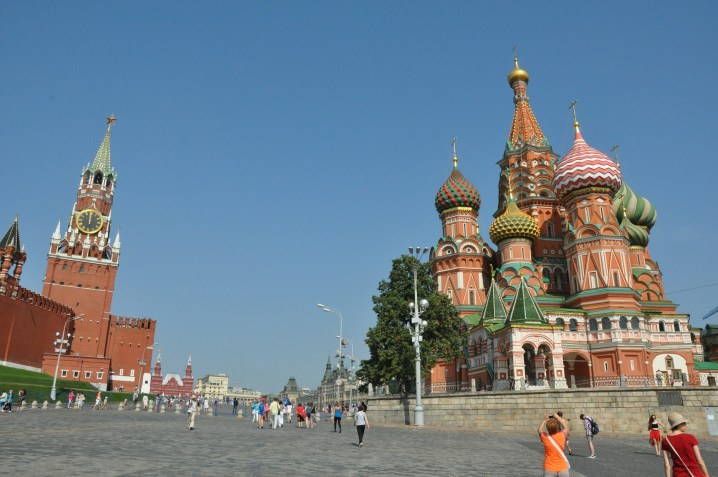
Earlier this month, a Russian court gave regulators the authority to block Telegram, a popular encrypted messaging app that’s used not only by an estimated 13 million Russian users but Kremlin officials as well.
It was like releasing a bull in a china shop — or a bear in the Russian Tea Room.
As government officials tried to pull the plug on Telegram, the company responded by repeatedly switching IP addresses, encouraging users to rely on VPNs, and moving to American hosts Google Cloud and Amazon Web Services. After playing what the New York Times called “whack-a-mole” with thousands of individual IP addresses, the regulatory agency Roskomnadzor ham-handedly began blacking out entire subnets.
The entire Russian internet quickly spiraled into chaos, with hundreds of unrelated businesses unable to access the web. Among those affected was Viber, a Kremlin-approved messaging service, as well as museums, car dealerships, and schools.
Tanya Lokot, an expert on Russian digital media, explained in an interview with Slate that the clumsy nature of enforcement by Roskomnadzor is not unusual. “There have been a lot of complaints against Roskomnadzor because they do a lot of arbitrary blocking,” she said. “In Russia, I don’t think anybody is terrified of Roskomnadzor in terms of the power it has. People are more terrified of its incompetence.”
Telegram is quite popular in Russia because of its encryption. Legislation introduced in 2016 mandated that all messaging services needed to provide back-door access to the Russian Federal Security Service (FSB).
Maria V. Alyokhina, a member of the band Pussy Riot, which has been a thorn in the Kremlin’s side for several years, spearheaded a public protest against the ban. Demonstrators littered the sidewalk in front of the FSB with paper airplanes, the corporate symbol of Telegram.
The country has previously attempted to make all internet communication companies store their information on Russian servers, and even suggested that Russia might disconnect from the rest of the world and create its own internet.
Some experts fear this could be a warm-up act for blocking even high-profile companies. “The Kremlin could safely move on to block Facebook or Twitter,” Russian intelligence expert Andrei Soldatov wrote in a tweet. “Political costs cannot be higher than now. I hope it was not the plan all along.”
A week like today, and the Kremlin could safely move on to block Facebook or Twitter. Political costs cannot be higher than now. I hope it was not the plan all along.
— Andrei Soldatov (@AndreiSoldatov) April 17, 2018
Lokot agreed. “They’re willing to go this far to basically shut down half of the Russian internet and disrupt the work of so many other companies, including Google, Microsoft, Adobe, and a bunch of Russian companies,” she said.
Editors' Recommendations
- T-Mobile announces expanded 5G Home Internet access across southern U.S.
- SpaceX’s Starlink internet service expands to more countries
- Elon Musk sends first tweet via SpaceX’s Starlink internet satellites
- Russians don’t like the new internet censorship law, but it’s happening anyway


